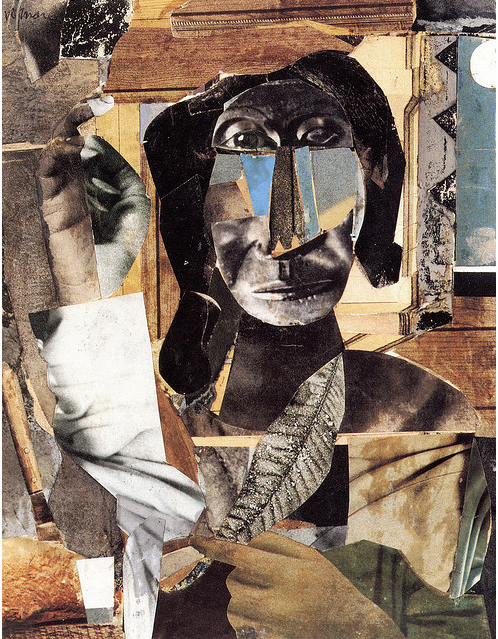

Some of America's finest writers emerged in this climate of public opinion and built national reputations by recovering the local. The major monthlies were flooded with local color stories featuring the dialect, folkways, and idiosyncrasies of tightly knit communities in Maine, Georgia, Wisconsin, California, and other regions. The publishers of flashy new literary journals such as Scribner's Magazine and Century Magazine (themselves, of course, both products and instruments of the emerging mass market) helped perpetuate the trend. As an ironic but unsurprising consequence of the frantic process of centralization, many citizens became nostalgic about what they perceived to be the lost Eden of rural America, and a school of backward-looking fiction developed in response to the prevailing mood. New corporate entities, such as Standard Oil and the Union Pacific Railroad, facilitated the movement of large populations into formerly remote areas and made shareholders rich by extending commerce to untapped markets. Traditional political and cultural practices dividing various regions of the country were challenged and in many cases over-run by Union conquest of the South and national expansion in the West. With dramatic improvements in transportation and communication systems after the Civil War, America entered an era of rapid centralization. To appreciate Chesnutt's odd relationship to his masterpiece, it is necessary to consider the popularity of local color writing in late-nineteenth-century America and to review some details of the book's composition history. Chesnutt was proud of the critical success accorded to his collection of dialect tales, but he understood himself as a different sort of writer, and he remained throughout his career deeply ambivalent about his own work in the local color mode. Unlike Anderson's and Hemingway's intensely personal and carefully integrated works, however, The Conjure Woman came into existence almost as an afterthought, and the book's formal construction might be said to reflect the vision of its editor more fully than that of its author. Indeed, Chesnutt's slim volume deserves to be included with Sherwood Anderson's Winesburg, Ohio (1919), Ernest Hemingway's In Our Time (1924), and other classic titles on a short list of America's finest story collections. The Conjure Woman (1899) is by any measure a seminal text in the African American literary tradition and a premier achievement of the late-nineteenth-century local color movement.


It is a curious fact of literary history that the collection of stories for which Charles Waddell Chesnutt (1858–1932) will be remembered as a major American author is one he never envisioned himself.


 0 kommentar(er)
0 kommentar(er)
